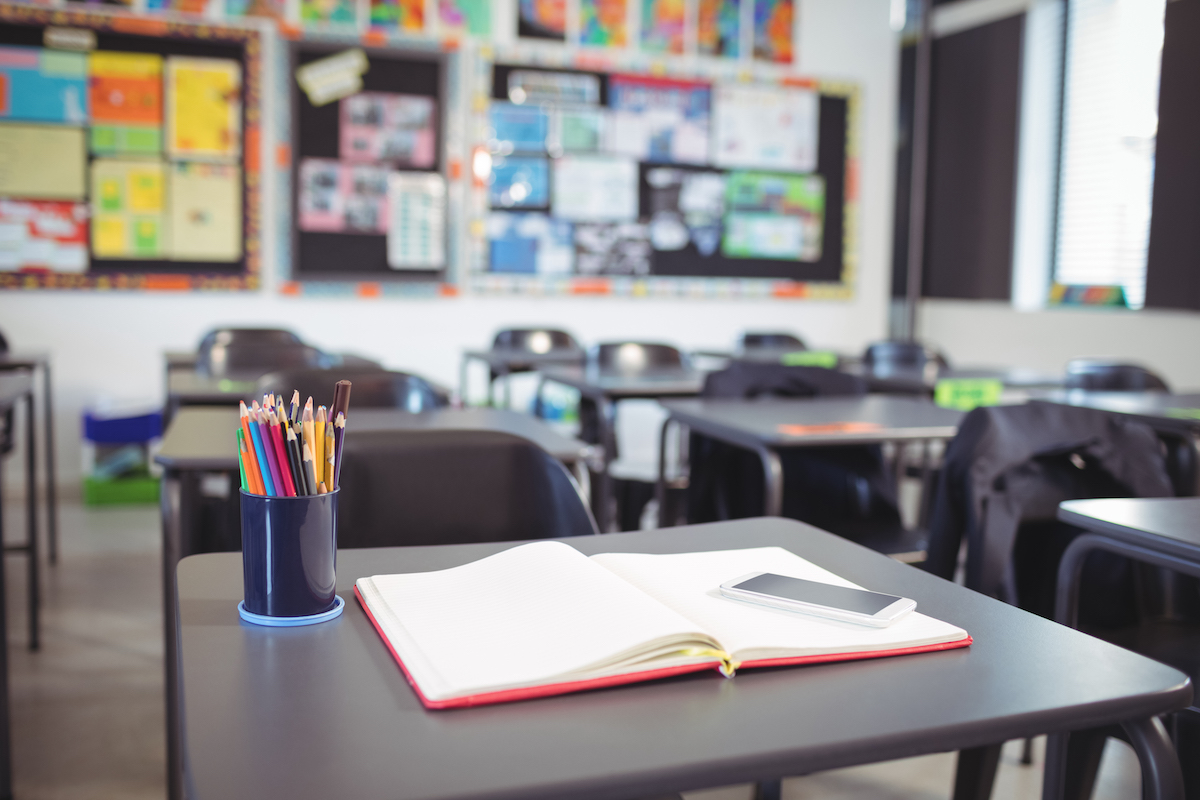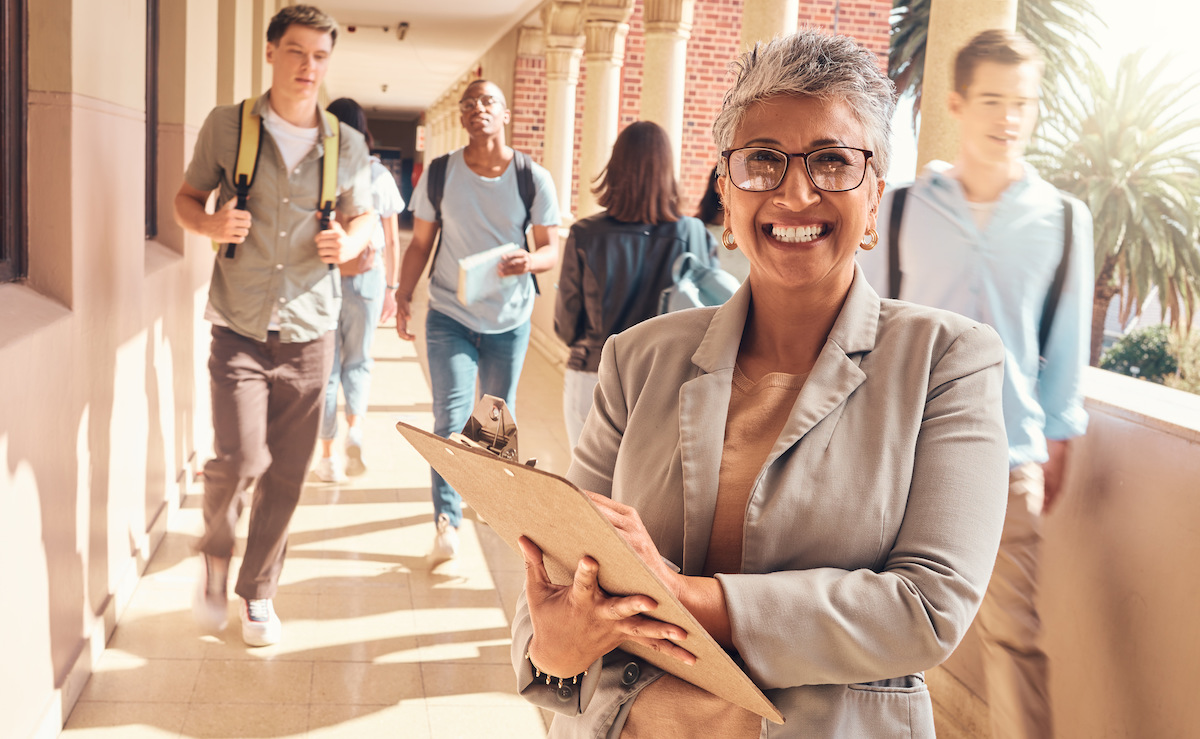As an incentive to reopen schools for in-person learning, California is proposing nearly $2 billion in additional funding for Covid-19 response planning, safety measures, and personal protective equipment. This additional funding is a boon for administrators who have been balancing the social, emotional, and educational benefits of in-person instruction with the realities of protecting their students and communities.
In-person learning is essential for academic success. In a recent survey by the Alliance for Children's Rights, 42% of caregivers aren’t comfortable helping students with technology and 39% say they aren’t confident providing academic support during distance learning.
More importantly, in a classroom setting, students also learn skills such as self-awareness, self-management and responsible decision-making. This is especially important in the youngest students.
According to Governor Newsom, “in-person is the best setting to meet not only the core learning needs of students, but also their mental health and social-emotional needs.”
To support schools in their efforts to bring students back to the classroom as early as February, the governor’s office has released a 4-tier “Safe Schools for All” plan starting with kindergarten through second grade. The four tiers of support are:
- Funding to Support Reopening Schools
- Safety and Mitigation (particularly contact tracing, testing, PPE, and vaccinations)
- Oversight and Assistance
- Transparency and Accountability
That’s a lot of buzzwords and jargon. Here’s what it means for educators and administrators:
The funding, if passed, will provide at least $450 per student to participating districts. The state hopes those additional resources will make it more feasible to return to school safely. While the proposal provides discounted health services and resources for schools, the additional funding can also be used for tools and trainings to support COVID response plans and contact tracing.
Once the funding is approved, everyone in a school will need to be tested regularly (either weekly or bi-weekly) and teachers and staff will be required to wear surgical masks while in the building.
To participate, schools must submit a Covid-19 Safety Plan that accommodates these requirements and fits the needs of the community to local and state health authorities.
The additional subsidized testing will make it easier to know which students need to stay home, but fast and efficient contact tracing will enable schools to minimize outbreaks and lessen the impact on students.
Make contact tracing easier with Safety iPass, a simple tool that lets you monitor student locations without GPS tracking and automatically build a report to determine which students and staff may have come into contact with an infected person.
Safety iPass also fits in to your preventative Covid-19 Safety Plan with a simple, totally customizable health/symptom survey to identify students and staff with a potential coronavirus case and automatically update their status to limit access using a unique barcode or integrated into your student information system.
Safety iPass from CrisisGo can help you protect your students, staff, and community, make implementing Covid-19 protocols easier, and help your school qualify for and make the most of this new government funding.
Learn more about Safety iPass here.












No Comments Yet
Let us know what you think